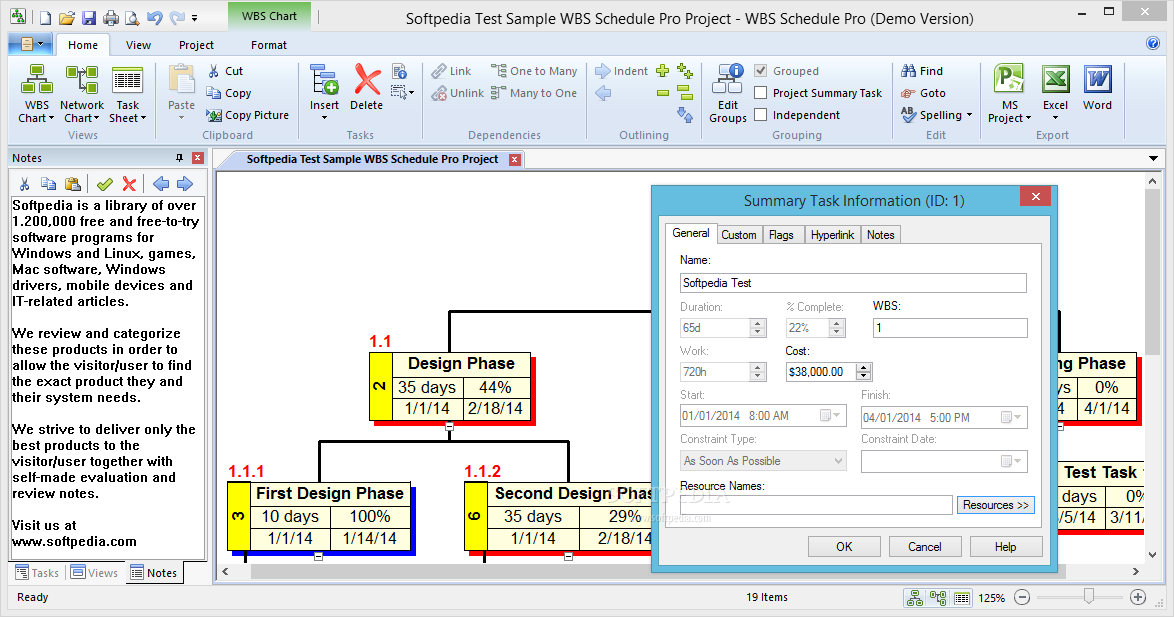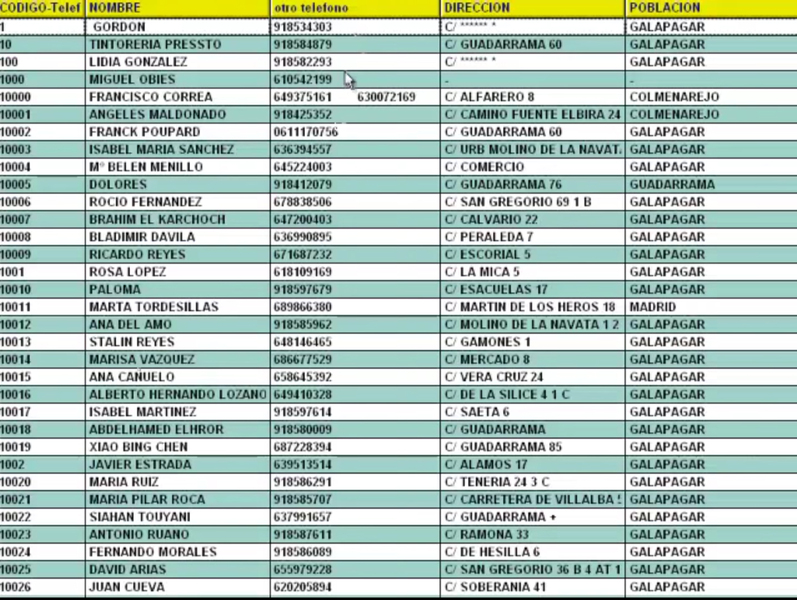

The patients who were included in the tests began therapy at the Holycross Cancer Centre in Kielce during the period between January 2012 and December 2013. The purpose of our study was to compare the rhTSH/ Tg level to THW/Tg level in an attempt to estimate what Tg values during the THW are responsible for the concentrations obtained by rhTSH stimulation, as well as an analysis of cut-off thresholds for rhTSH/Tg. It has not been explicitly defined what level of the rhTSH-stimulated Tg (rhTSH/Tg) need to be assumed as cut-off thresholds while monitoring DTC patients. As early as the stage of preliminary tests with the use of rhTSH, it indicated lower Tg concentrations compared to those that were obtained in the same patients after THW. Recombinant human TSH (rhTSH)-which enables the stimulation of thyroid cells and neoplastic cells of thyroid origin without the need to THW–was registered in the year 2000. The following decision algorithms and cut-off thresholds have been developed for this method of stimulation: Tg <1.0–2.0 ng/ml–patient in remission (yearly check-up in the course of LT4), Tg ≥1.0–2.0 ng/ml but <10.0 ng/ml–inconclusive result ( 131I WBS every 1–5 years), Tg ≥10.0 ng/ml–persistent disease (another 131I treatment). The only method of Tg stimulation has for many years been a 4–6 week long THW. It has been proved that a false negative result applies only to smaller foci of metastases within regional lymph nodes (LN), which are usually easily detected with US. Stimulated Tg is the most sensitive indicator of local recurrence or distant metastases. The effect of numerous reports that indicated the limited usefulness of the scintigraphy examination was that many clinicians avoided this tool as a device for monitoring the course of the disease and put the primary focus on the stimulated Tg level. The gold standard in DTC diagnosis has for years been the determination of the concentration of stimulated thyroglobulin (Tg), following thyroid hormone treatment withdrawal (THW), as well as whole body scintigraphy (WBS) after administration of the 131I. The frequency and scope of the tests depend on the risk stratification both during the initial treatment and the subsequent stages of the follow-up.

Such a course of DTC results in life-long follow-up after initial treatment.

However, 20% of the patients may have recurrence of the disease, or distant metastases may appear even 40 years after the initial treatment. The initial DTC treatment encompasses thyroid surgery and, in selected instances, administration of 131I, which results in complete recovery for 80% patients. The wide-scale introduction of ultrasound diagnostic techniques (US) and cytological screening yields greater detectability of small cancer foci, for which reason the increased incidence does not go hand in hand with increased fatality rate. The standardized incidence coefficient in Poland according to the National Oncology Registry of the Oncology Centre in Warsaw in 2012 was 8,0 for women and 1.8 for men. Differentiated thyroid cancers (DTC) are being diagnosed increasingly often.


 0 kommentar(er)
0 kommentar(er)
